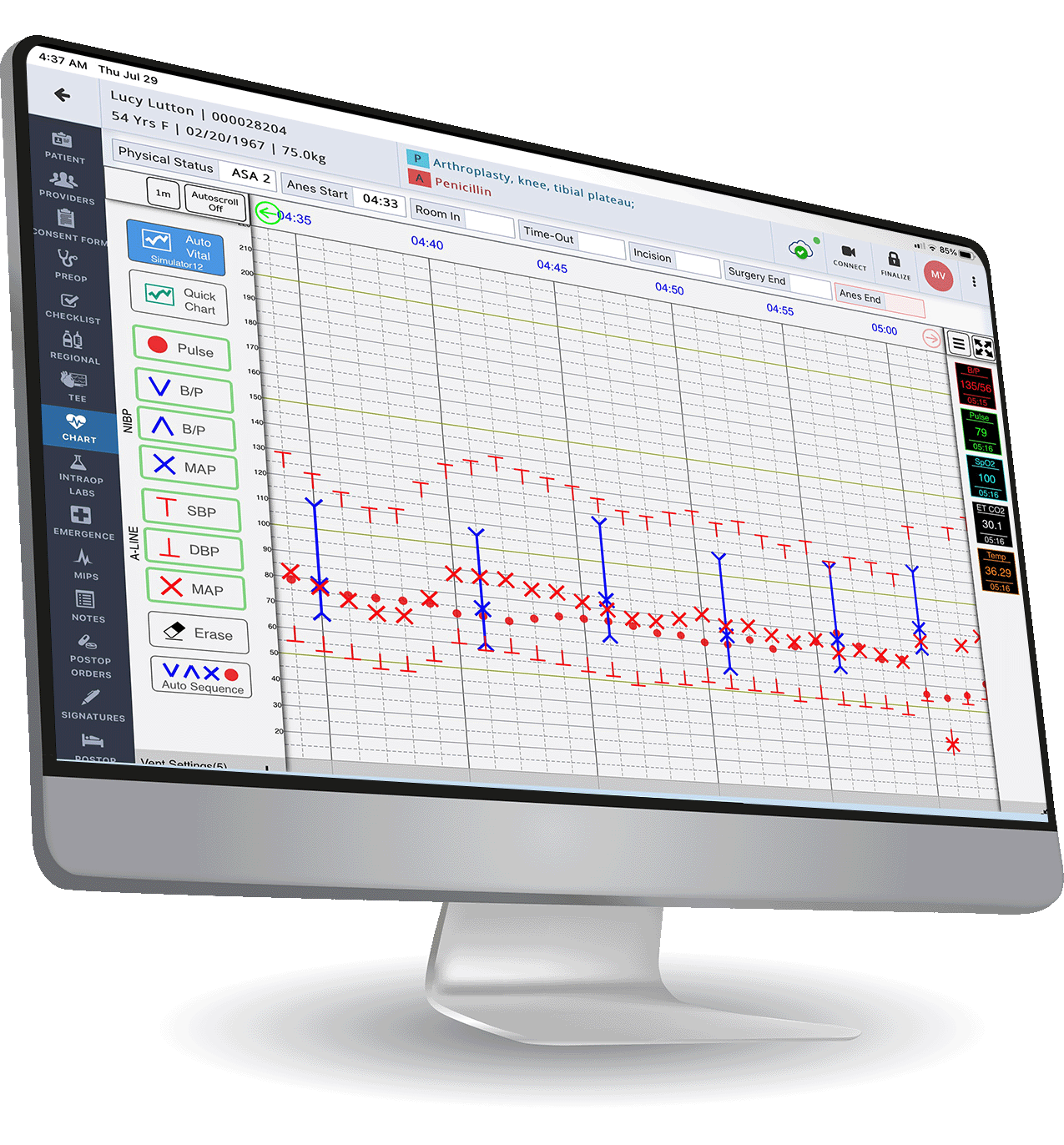Recent Blog Posts
About Provation® iPro: FAQ
How does Provation iPro help ensure timely surgeries? A key feature of Provation iPro is its comprehensive support for the entire perioperative workflow, from pre-op through PACU and beyond. By integrating seamlessly with your existing EMR system, Provation iPro streamlines the collection of important preop data, ensuring that surgeries begin as scheduled. Improving on-time case […]
Unlock the Power of Your GI Data with Provation Apex Enhanced Dashboards
In the rapidly evolving healthcare landscape, leveraging data effectively is key to enhancing productivity, quality, and operational efficiency. To help you do that, we’re thrilled to introduce Provation® Apex Enhanced Dashboards, a groundbreaking feature designed to transform how you manage and analyze your GI procedure data. What are Provation Apex Enhanced Dashboards? Provation Apex Enhanced […]
Provation iPro AIMS Earns Top Marks in Black Book’s 2024 Ambulatory EHR User Survey
Staying ahead of the technology curve in healthcare is critical to success. In 2024, Provation® iPro Anesthesia Information Management System (AIMS) has done just that by securing the highest ranking in Anesthesia according to Black Book’s prestigious user survey. This recognition underscores Provation’s mission to empower providers to deliver quality healthcare for all with top […]
4 Benefits of Mobile Electronic Anesthesia Charting Software
In today’s fast-paced healthcare environment, maximizing efficiency and improving patient care is paramount. Anesthesia providers at a major health system in Florida recognized this and chose to take action by leveraging the electronic anesthesia charting software, Provation® iPro to automate their perioperative encounters on a mobile tablet. With this cutting-edge mobile Anesthesia Information Management System […]
Perioperative Software: What is it and how can it optimize my practice?
Perioperative software creates an electronic process to give physicians, nurses, and other care team members a way to automate the workflow and capture important patient health information (PHI) data before, during, and after surgery. With perioperative software, you can optimize your healthcare workflows — from preoperative patient scheduling to postoperative follow-up and everything in between. […]
Medical Charting Software Systems: 6 Ways to Eliminate Paper Documentation
Medical charting software systems vary significantly in functionality, usability, and cost Medical charting software can be as simple as a template creator or as complex as an electronic medical record (EMR) system, depending on the software provider and the healthcare facility’s needs. At Provation, we take patient medical charting seriously and develop all our software […]
Anesthesia Information Management Isn’t Fully Supported by an EMR. Here’s Why.
While Electronic Medical Records (EMR) have streamlined healthcare communication and documentation across the globe, there’s still a gap in the coverage they offer for anesthesia information management. Because the Anesthesia medical record is the most document-intensive in healthcare, recording this information accurately is crucial to patient safety. Why anesthesia information management is still on paper […]
Top 10 FAQs for Choosing the Best AIMS Anesthesia Software
Investing in automating your anesthesia information management can make a huge difference in patient safety and your bottom line. But, it’s important to make sure you’re choosing the best option for your facility. In order to decide which anesthesia information management system (AIMS) is the best option for your anesthesia staff, make sure you’re considering […]
Did MIPS Reporting 2022 Submission Season Require Expertise?
Merit-based Incentive Payment System (MIPS) has had admin teams across the county pulling their hair out over the laborious preparations required each submission season. Whether you have been extracting data from an Electronic Medical Record (EMR), merging your billing and quality data, or sifting through paper records, MIPS reporting 2022 was likely a huge time-suck […]
Lowering the Recommended Colorectal Cancer Screening Age
The U.S. Preventive Services Task Force (USPSTF) recommends lowering the age to start colorectal cancer (CRC) screenings from 50 to 45. USPSTF’s new recommendations are open for public comment until November 23, 2020.
Resuming Elective Procedures During COVID-19 (Podcast)
COVID-19 has reshaped the landscape of elective gastroenterology (GI) procedures. Mounting backlogs, reduced revenues and limited clinical staff have created open-ended uncertainty.
Developing a Proactive Recovery Plan for ASCs
ASC backlogs for critical elective procedures such as colonoscopies in the gastroenterology (GI) space are expanding daily, nationwide. Experts explain there are proactive recovery plans ASCs can create now for when elective procedures can continue.
